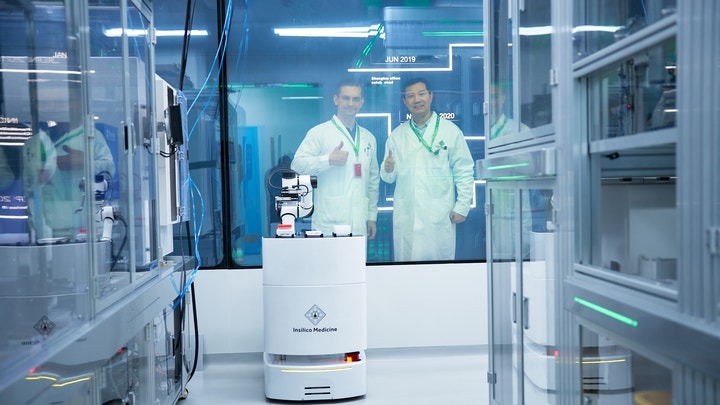The first "assault" of artificial intelligence in the medical field has an official name: INS018_055. This unprecedented drug, straight out of the cauldron of Insilico medicine, has just successfully passed Phase 1 of clinical trials and is preparing to enter Phase 2. Well yes, a piece of computer code has given birth to a drug, a potential bulwark against idiopathic pulmonary fibrosis, a chronic lung disease that undermines the lives of many, too many patients.
AI grappling with the delicate gear of drug discovery
“Creating a new drug is a bit like solving a puzzle,” he says alex zhavoronkov, the CEO of Insilico Medicine. First of all, we try to identify a "target", i.e. a biological mechanism which, by functioning incorrectly, contributes to the onset of the disease. Subsequently, a molecule is developed capable of interacting with this target, blocking the progression of the disease and limiting damage to the patient as much as possible. But AI is ready to change the rules of the game.
How artificial intelligence revolutionizes pharmacological research
Think of AI as a tireless and insightful investigator. A bloodhound capable of analyzing a mass of data unimaginable for a human being and of finding elusive connections. In this case, Insilico used AI to discover a new weak point in pulmonary fibrosis, and to generate a molecule capable of hitting this weak point hard.
He did it mainly with two main tools: PandaOmics, to identify disease-causing targets by analyzing clinical and scientific data, e Chemistry42, which generates new molecules. “Essentially, our scientists gave Chemistry42 the specific features they were looking for,” says Zhavoronkov, “and the system generated a set of possible molecules, ranked according to their probability of success.”
The result? INS018_055, 55th candidate in the series of generated molecules: the one that showed the most promising activity.

Pulmonary fibrosis, the prospect of new hope from the "AI drug".
Current treatments for idiopathic pulmonary fibrosis, pirfenidone e nintedanib, they can slow the worsening of symptoms, but do not reverse damage or stop the progression of the disease. Additionally, they have unpleasant side effects, such as nausea, diarrhea, weight loss, and appetite. The prospect of a more effective and tolerable drug such as INS018_055 therefore represents a glimmer of hope for these patients.
“If our preliminary studies are confirmed, INS018_055 will overcome some of the limitations of current therapies,” says Zhavoronkov.
INS018_055, next steps in experimentation
If the Phase 2 clinical trial is successful, the drug will move to Phase 2b, with a larger sample of participants. The final goal, obviously, will be the approval of the drug and its marketing. At the moment, one of the main challenges will be to recruit patients, especially for a rare disease like idiopathic pulmonary fibrosis.
Despite the difficulties, the research team is optimistic that in the next few years this drug will be ready to reach the market and the patients who could benefit from it. And maybe from that moment on we will start to be a little less afraid of artificial intelligence, or at least to carefully weigh risks and opportunities.


